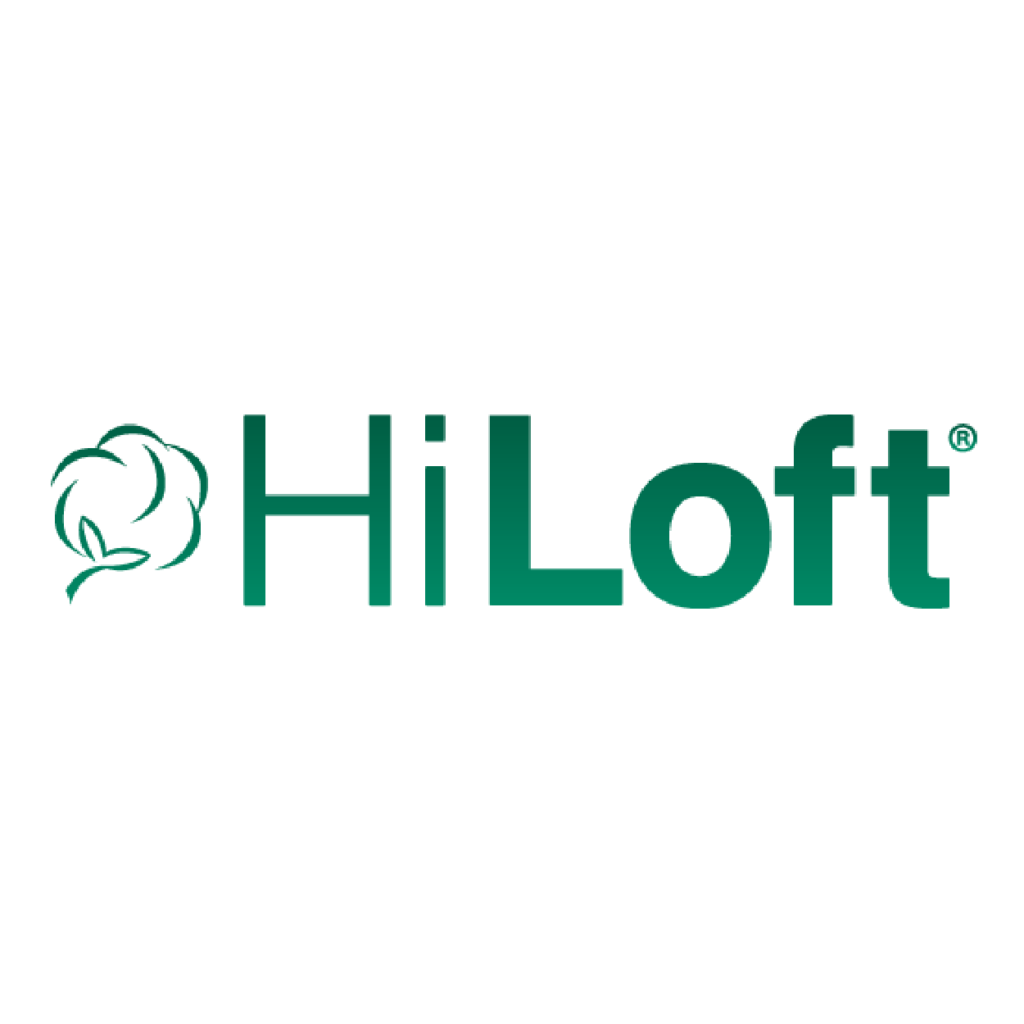Today we’ll take a closer look at HiLoft™ cotton, which is used in applications where either an absorbent or nonabsorbent cotton fiber is desired. This innovative product creates up to 50% more filling capacity than traditional cotton fiber. This allows for quicker recovery due to the resilient nature of this cotton fiber, and also adds loft and bulk.
The secret is all in the seed.
HiLoft™ fibers are unique since they are grown using a special variety of seed. These seeds are bred to grow in dryer climates, and to produce larger diameter fibers. However, as the fibers grow larger in diameter they grow to a shorter length. This cotton is about 0.1 to 0.2 inches shorter than other fiber varieties.
Here the “Hi” stands for a higher micronaire value.
HiLoft™ bleached cotton has a high micronaire value (larger diameter fibers). Normal upland cotton has a micronaire value of approximately 3-5 with the target micronaire being 3.5 to 4.5 since those those fibers process best into spun yarn, and therefore bring a premium price. However, the HiLoft™ fibers have a higher micronaire value in the 6.5-8 range. This is an advantage since larger diameter fibers resist bending or compacting more than smaller diameter fibers do, and yields fibrous structures with more open space between the fibers.
Translation: this leads to better absorption.
In absorbent products, more open space allows for higher liquid holding capacity, as most of the liquid absorbed is held between the fibers—not within the fibers of these structures (such as fabrics). Also the higher resistance to bending means that it will hold the absorbed liquid better if pressure is put on the structure. Ultimately, it will have more resistance to collapsing on itself, and squeezing the liquid out.
Key stats: it wicks 34 times faster, and holds 9% more liquid.
To measure the advantages of HiLoft™ versus regular cotton, we produced dense plug of fibers to represent the fiber in a tampon. The wicking time and absorbency capacity were measured for plugs made from both HiLoft™ and regular cotton fiber. Wicking is the movement of liquid by capillary action through a structure; in this case it was measured vertically. The capacity is the amount of liquid held by the fiber structure. We found that the HiLoft™ fiber plug wicked water 34 times faster than regular cotton, and the HiLoft™ cotton plugs absorbed and held over 9% more liquid than regular cotton.
It’s perfect for usage in tampons.
Using HiLoft™ in a tampon should allow for faster wicking (liquid distribution) and greater absorbency, which are desired qualities. The HiLoft™ wicking and collapse resistance properties could be beneficial in absorbent products like adult and baby diapers, and feminine Hygiene pads, too. A layer of fabric made with HiLoft™ fibers may wick or spread the liquid further, allowing for a larger area of the absorbent core to be utilized. The fiber’s increased resistance to collapsing under pressure will hold more liquid, instead of it being squeezed out with the collapse of the fabric before it could be wicked away.
For more information on our HiLoft™ cotton, check out our technical data sheet.
